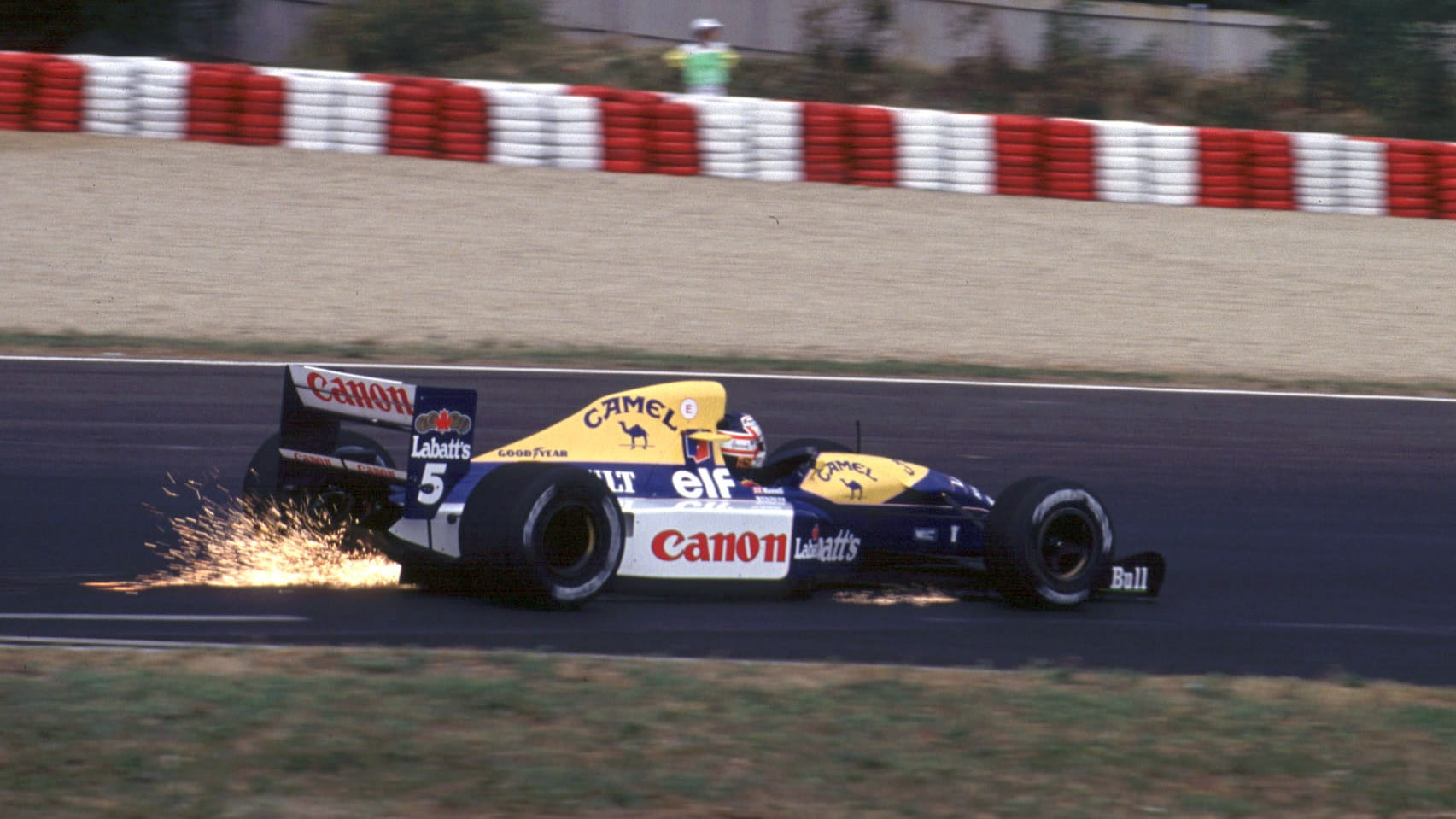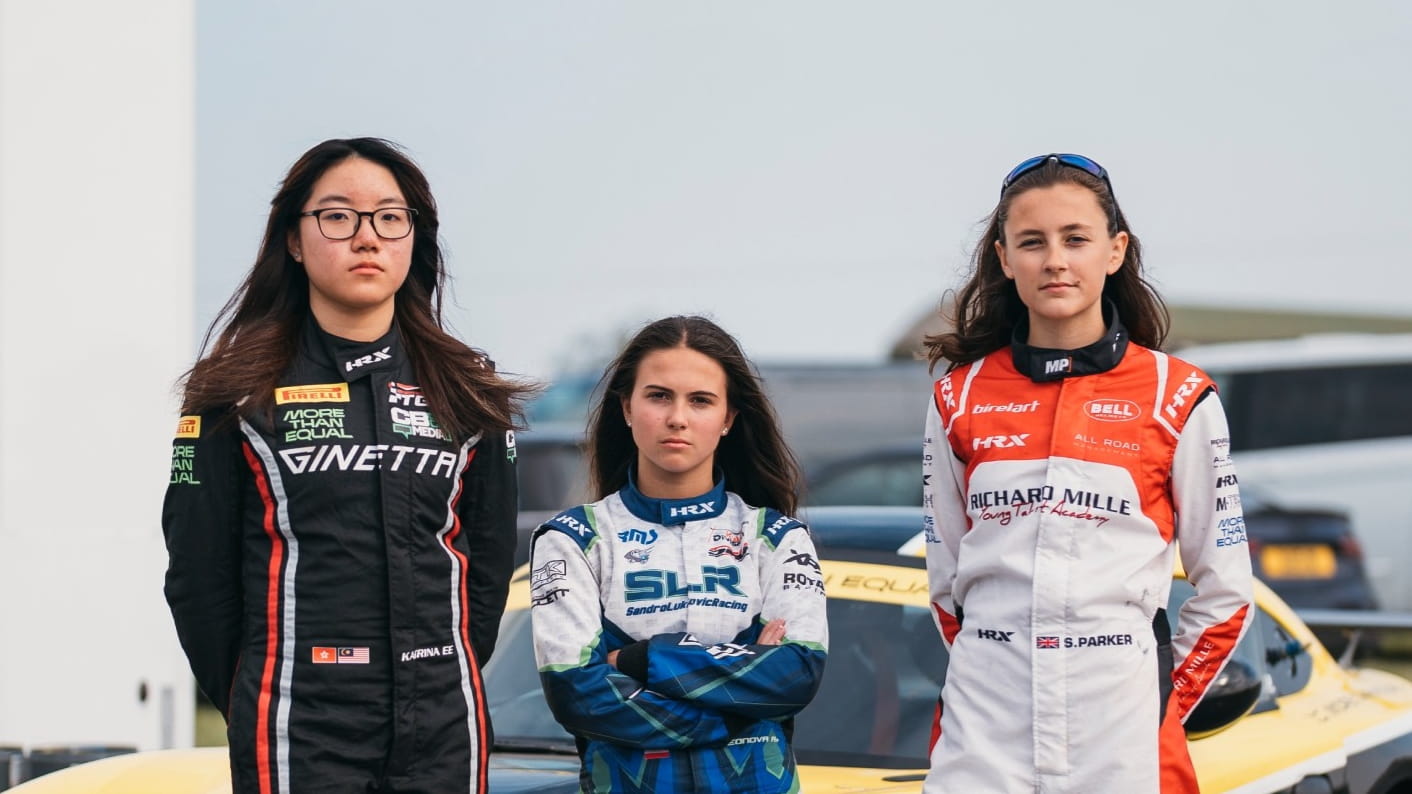Event
From track to TV - how F1 is broadcast to 1.6 billion people
by Samarth Kanal
7min read
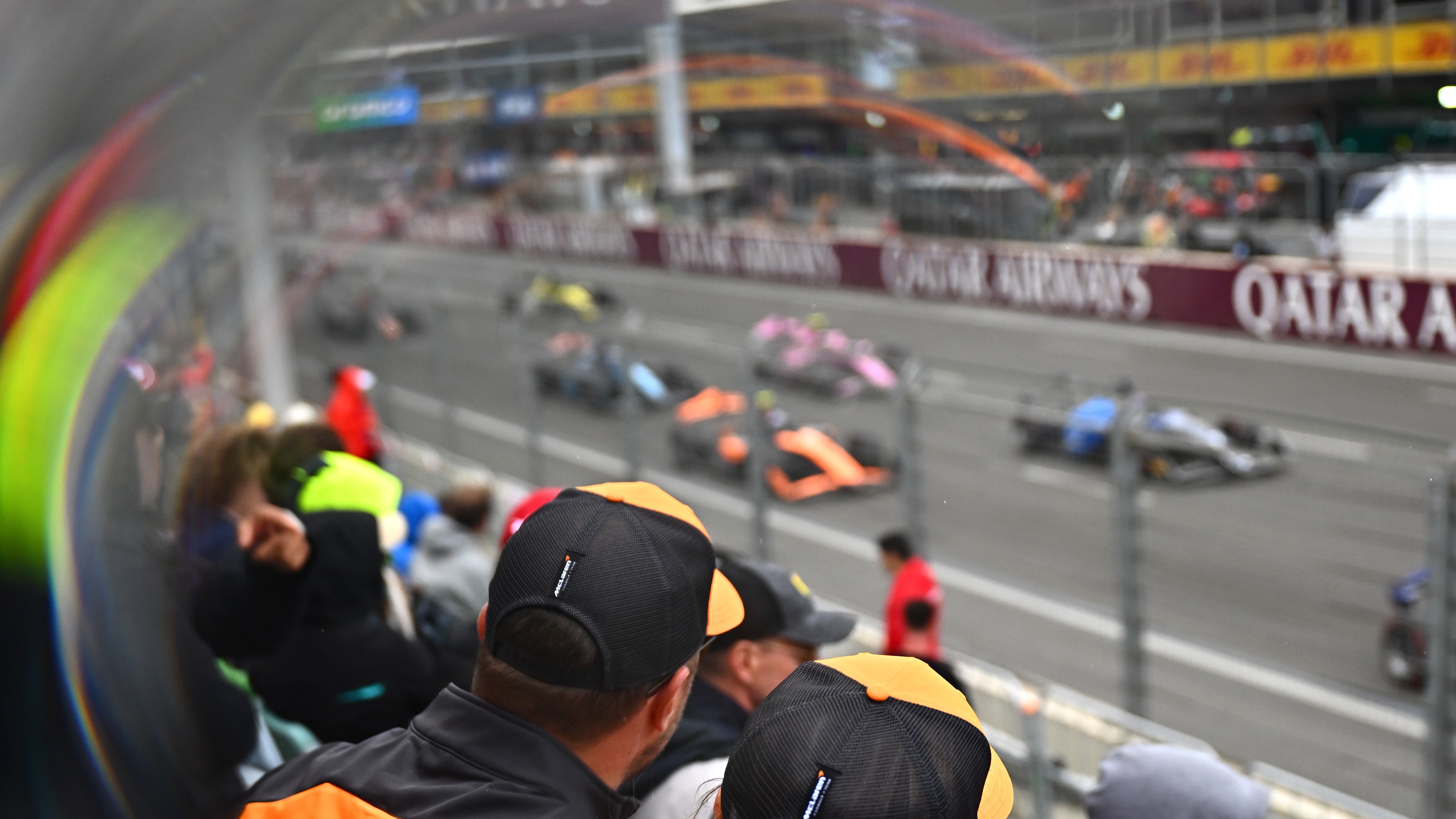
Hordes of cameras train their lenses on the eyes and actions of drivers and their teams every Formula 1 weekend. Whether it’s an armchair analyst, team boss, or an F1 fanatic, they’re relying on this broadcast product to complete their Sunday.
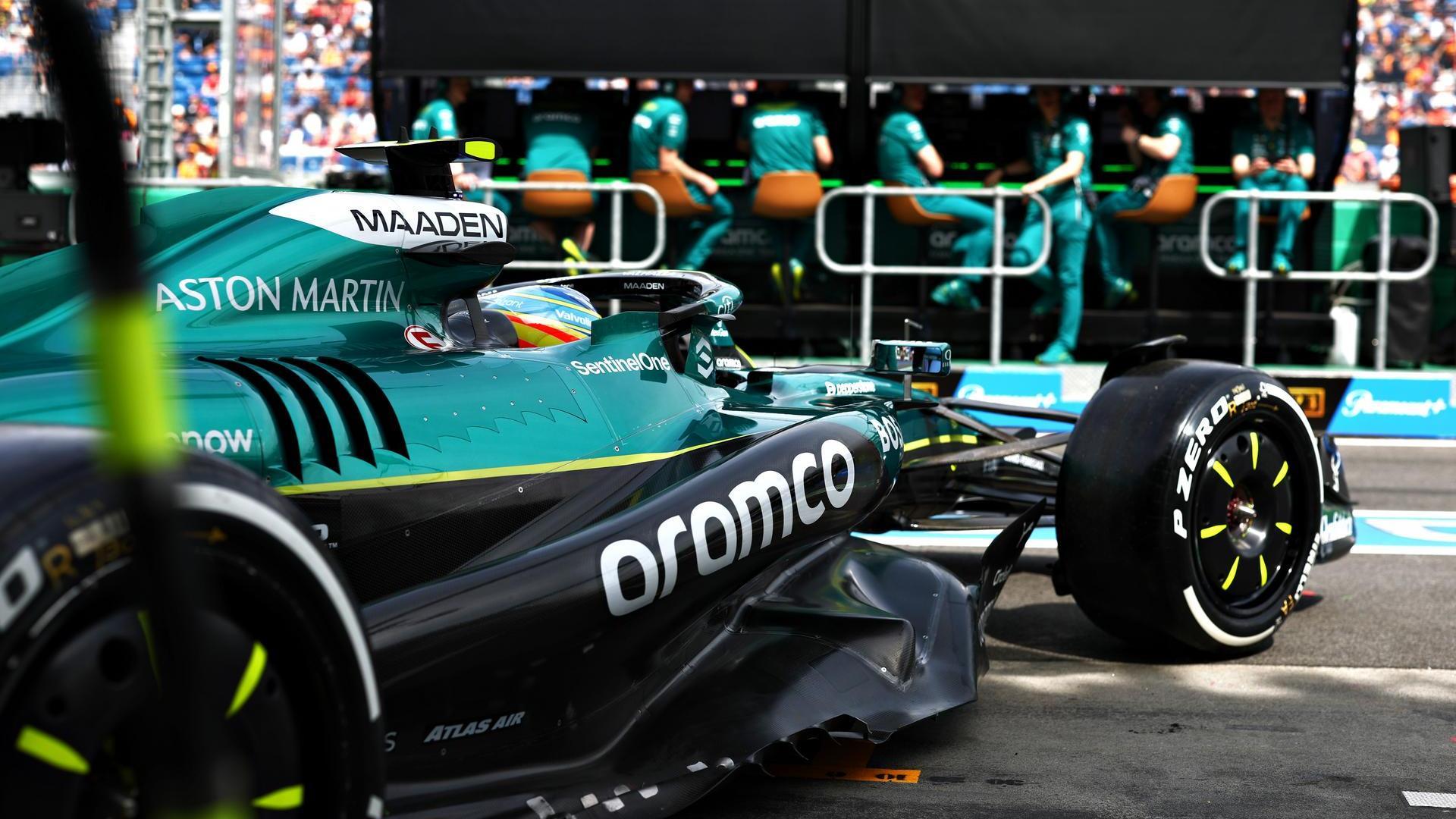
Sign up for a newsletter and we'll make sure you're fully up-to-date in the world of race technology
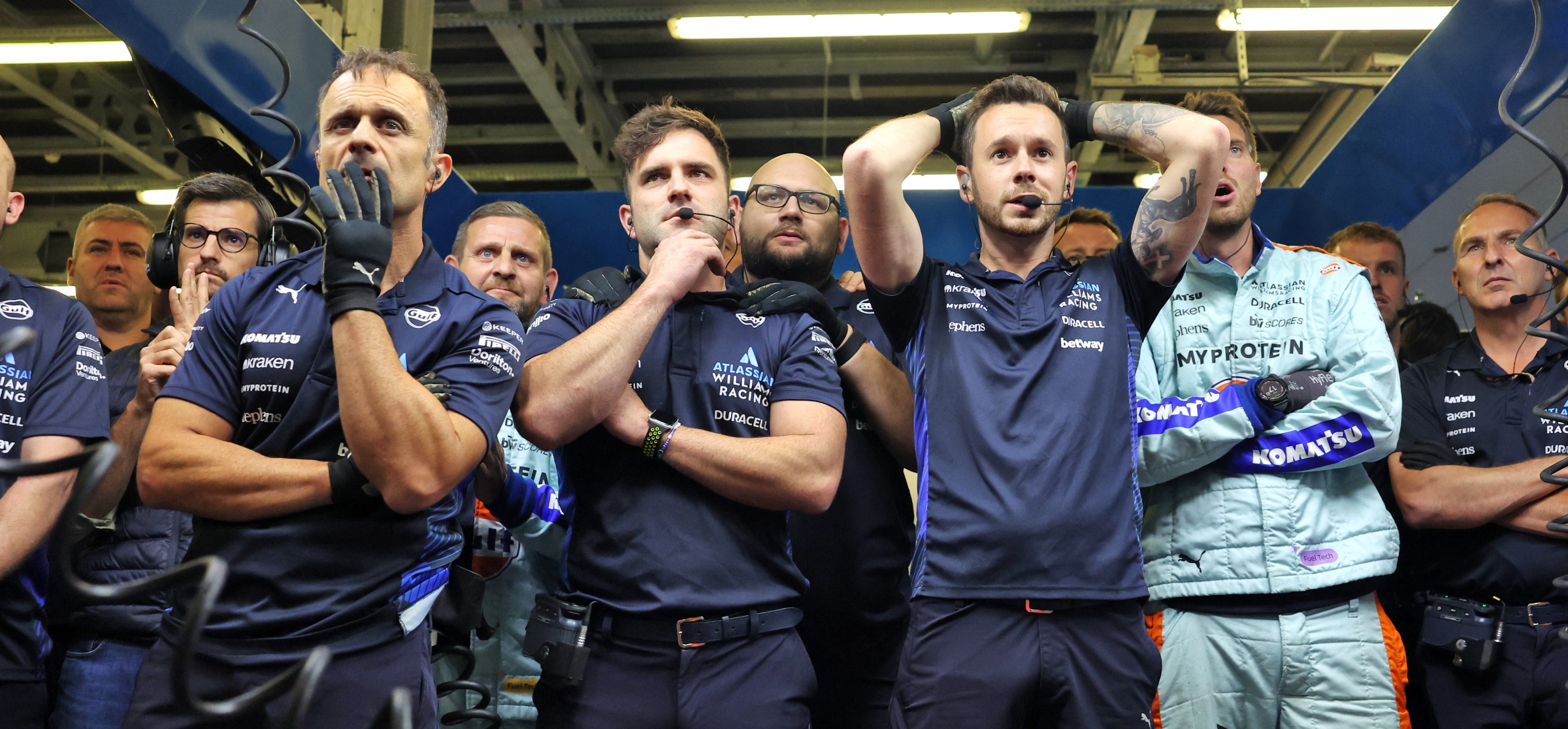
Williams F1 team members watch the F1 broadcast from their garage during the 2025 Azerbaijan Grand Prix
Cameras and microphones
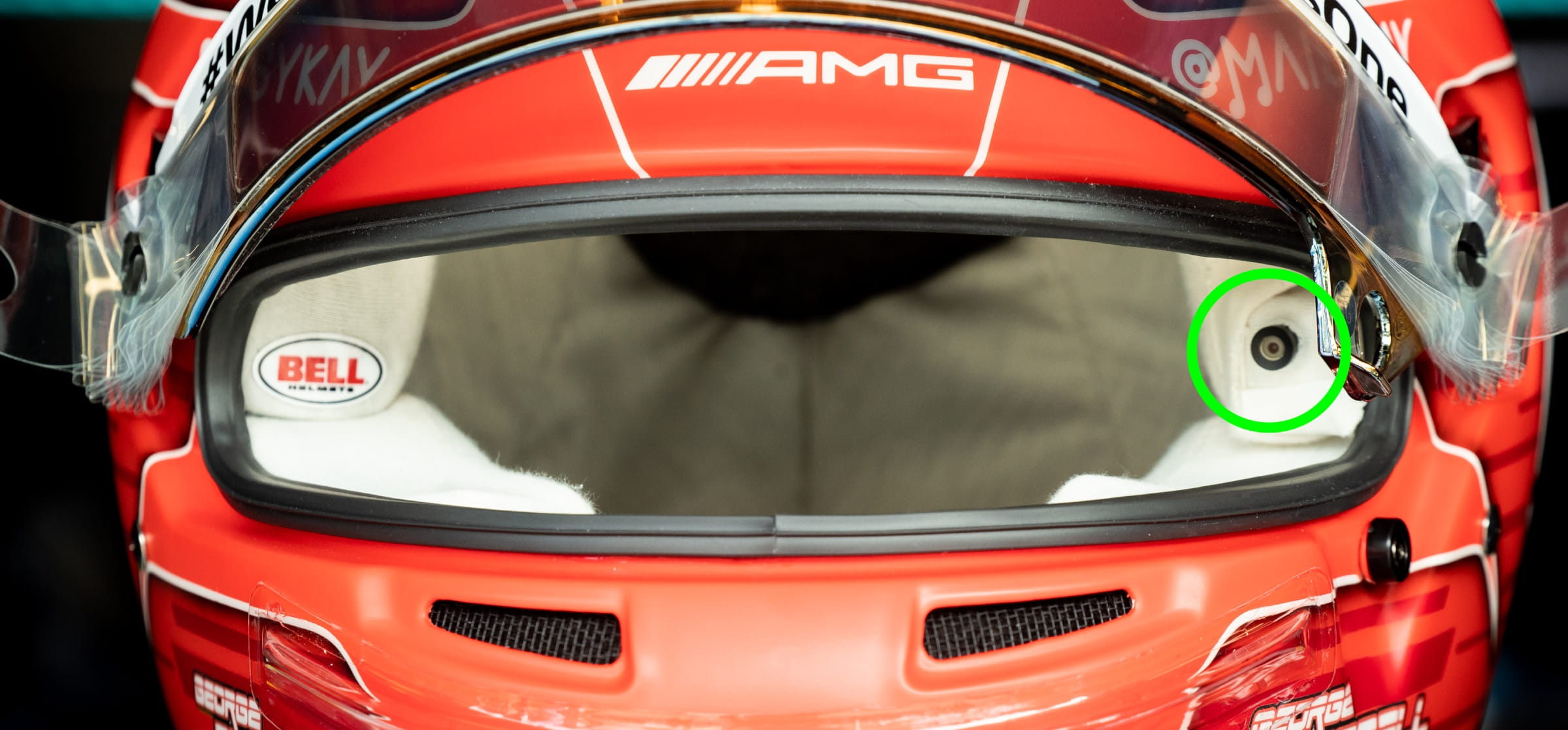
George Russell’s F1 helmet (at the 2021 Italian Grand Prix) with the helmet camera circled (right)
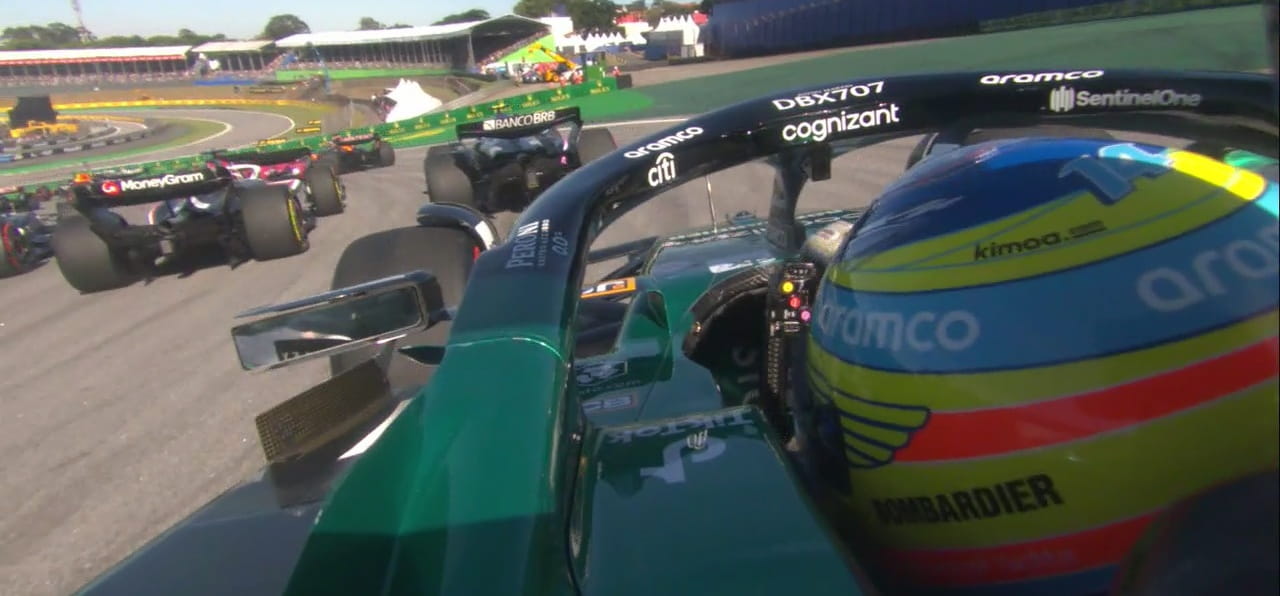
The view from the onboard gyro camera on Fernando Alonso's Aston Martin F1 car, courtesy of Formula 1
The backbone of the broadcast
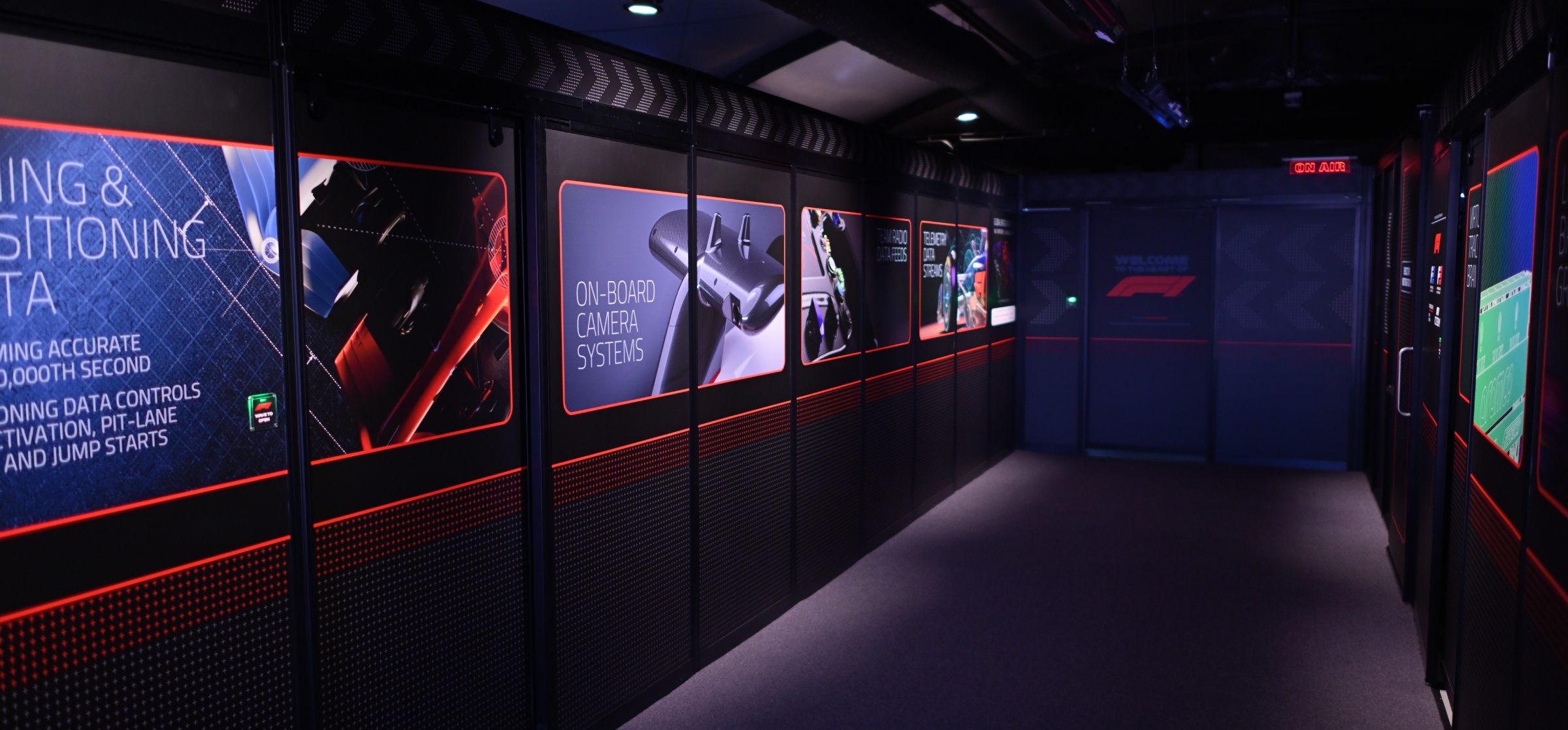
The entrance to the F1 Event Technical Centre (ETC), image courtesy of Lenovo
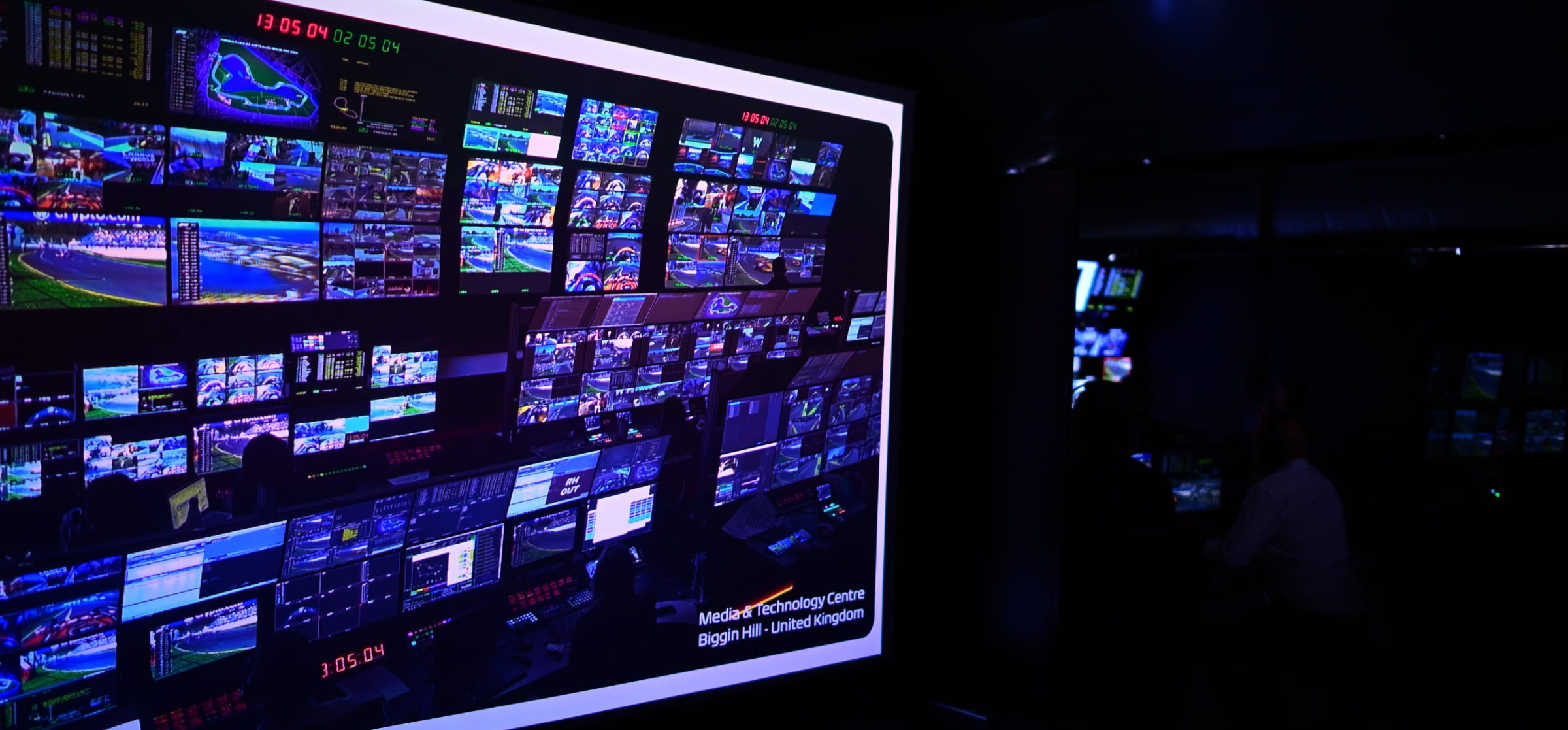
A screen inside the ETC showing an array of screens at F1’s headquarters, the Media & Technology Centre (M&TC), image courtesy of Lenovo
Inside F1’s headquarters
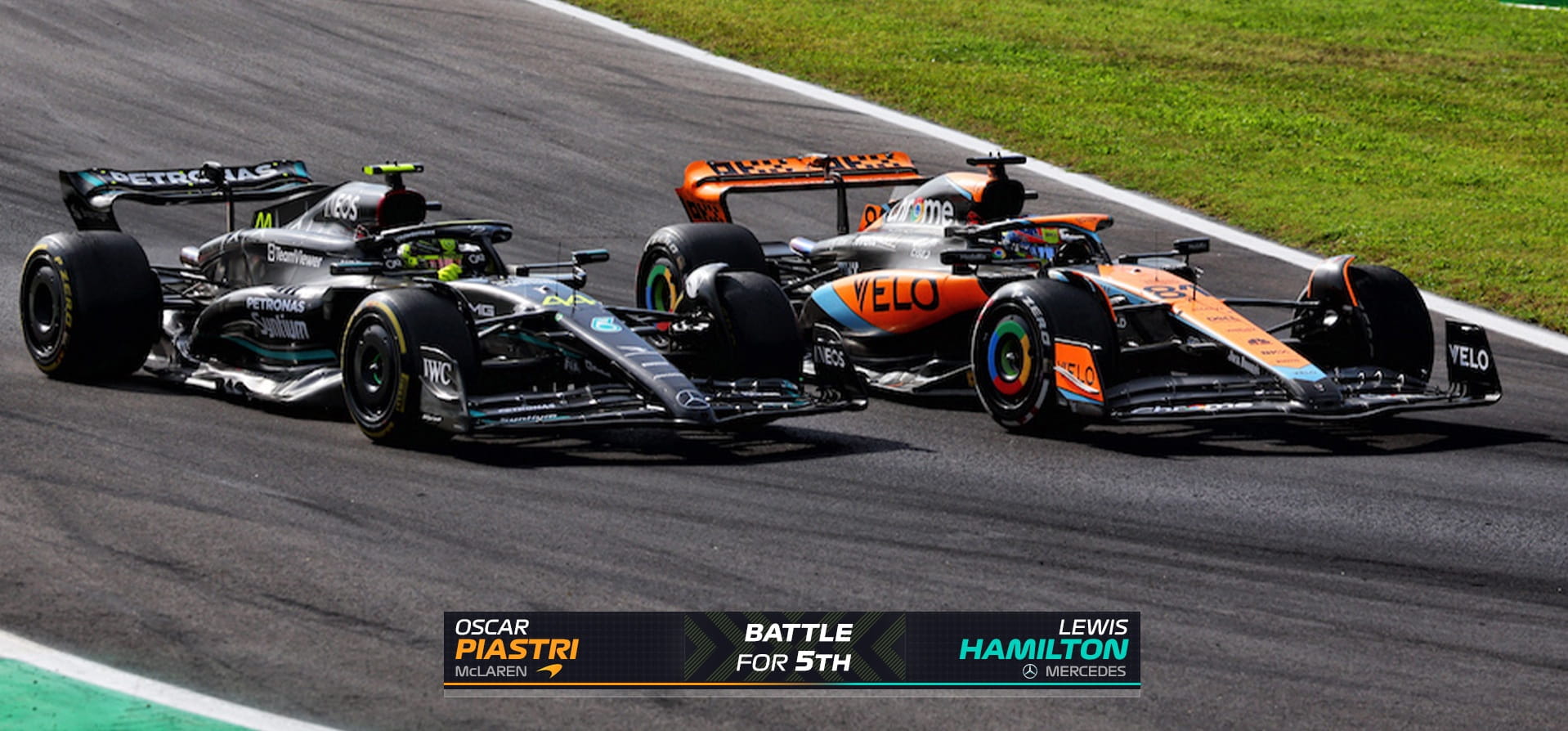
F1 staff produce graphics on the fly for its world feed, with Artificial Intelligence deployed in areas such as radio transcription and driver tagging, image courtesy of F1
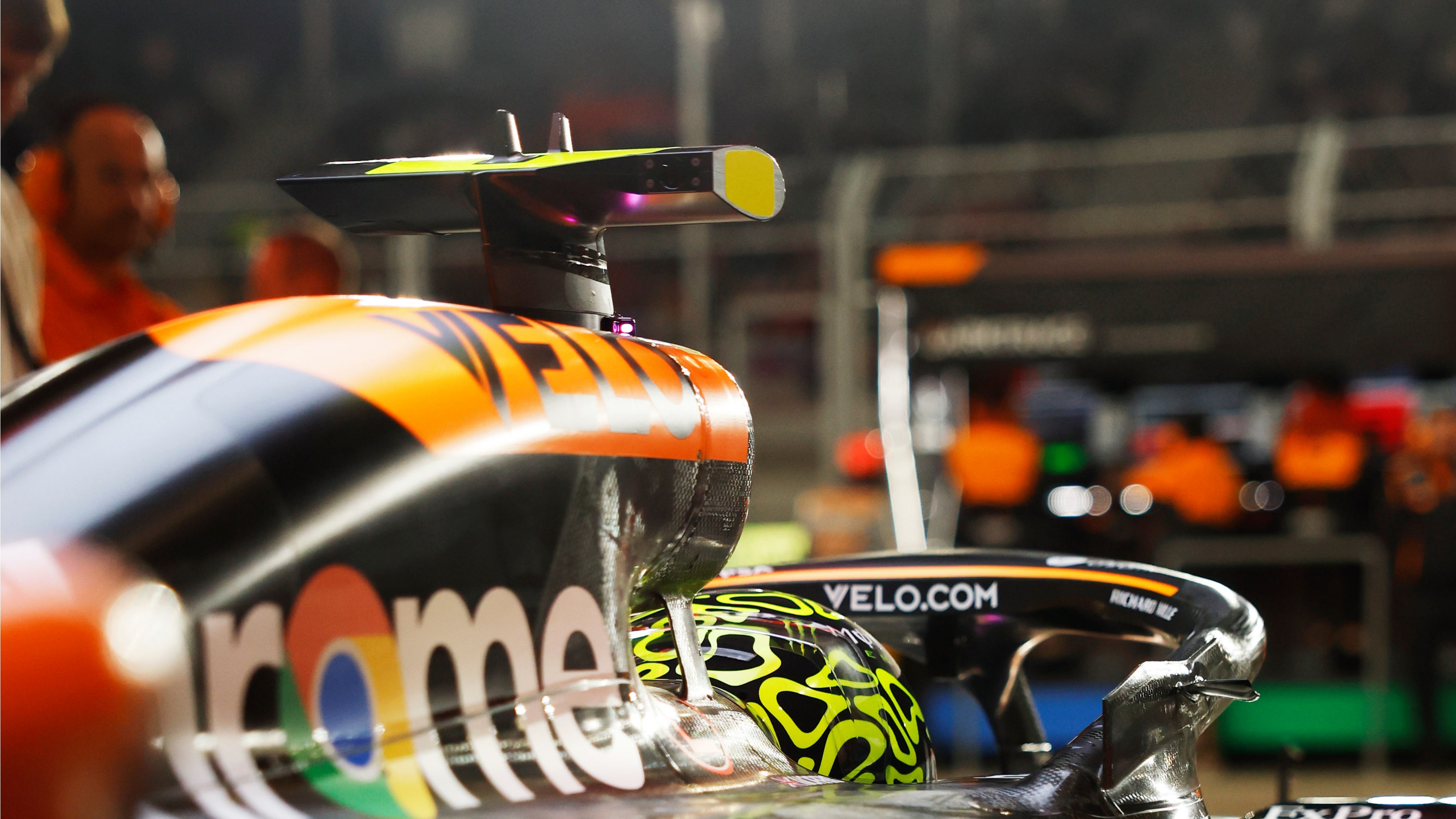
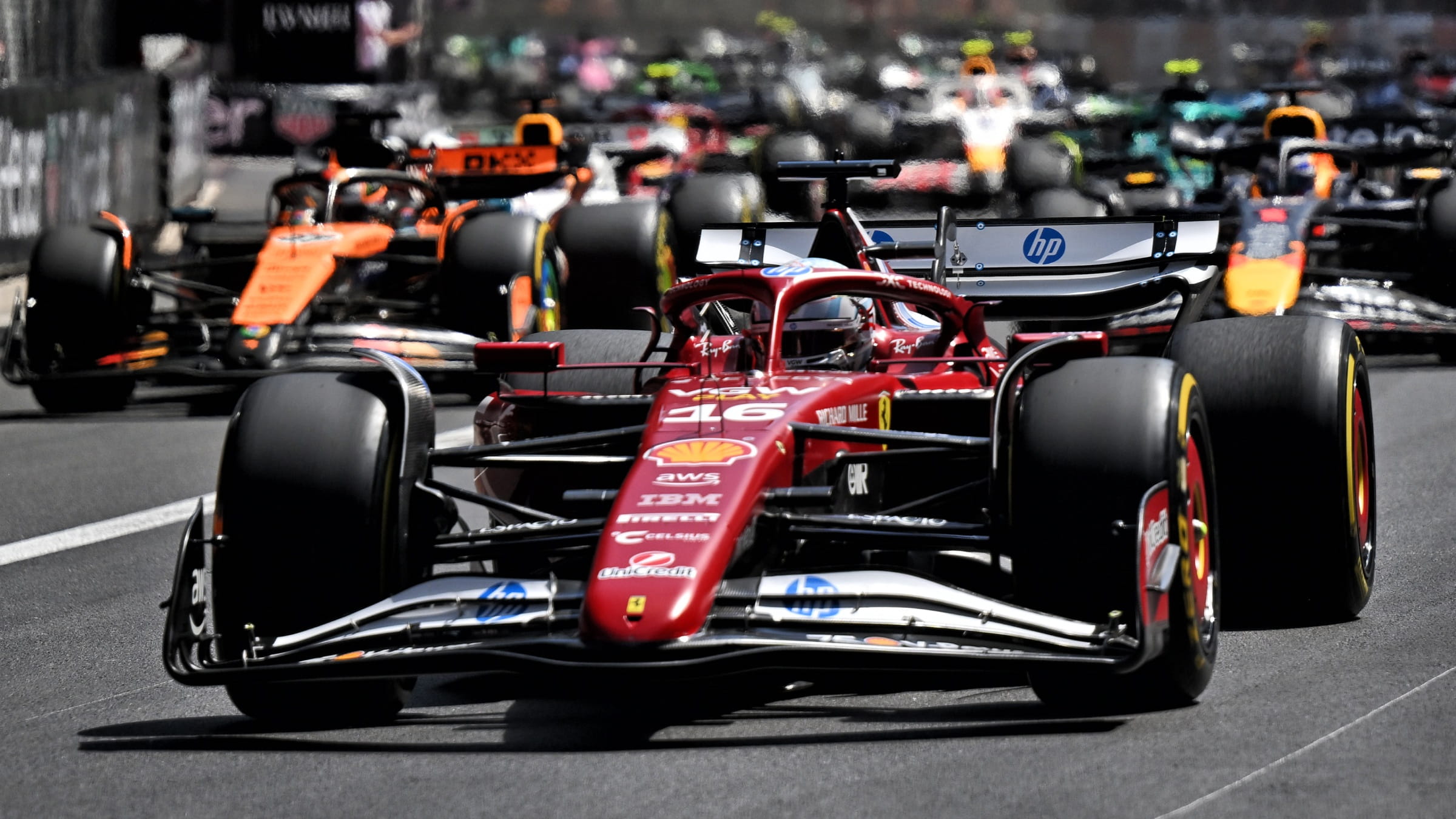
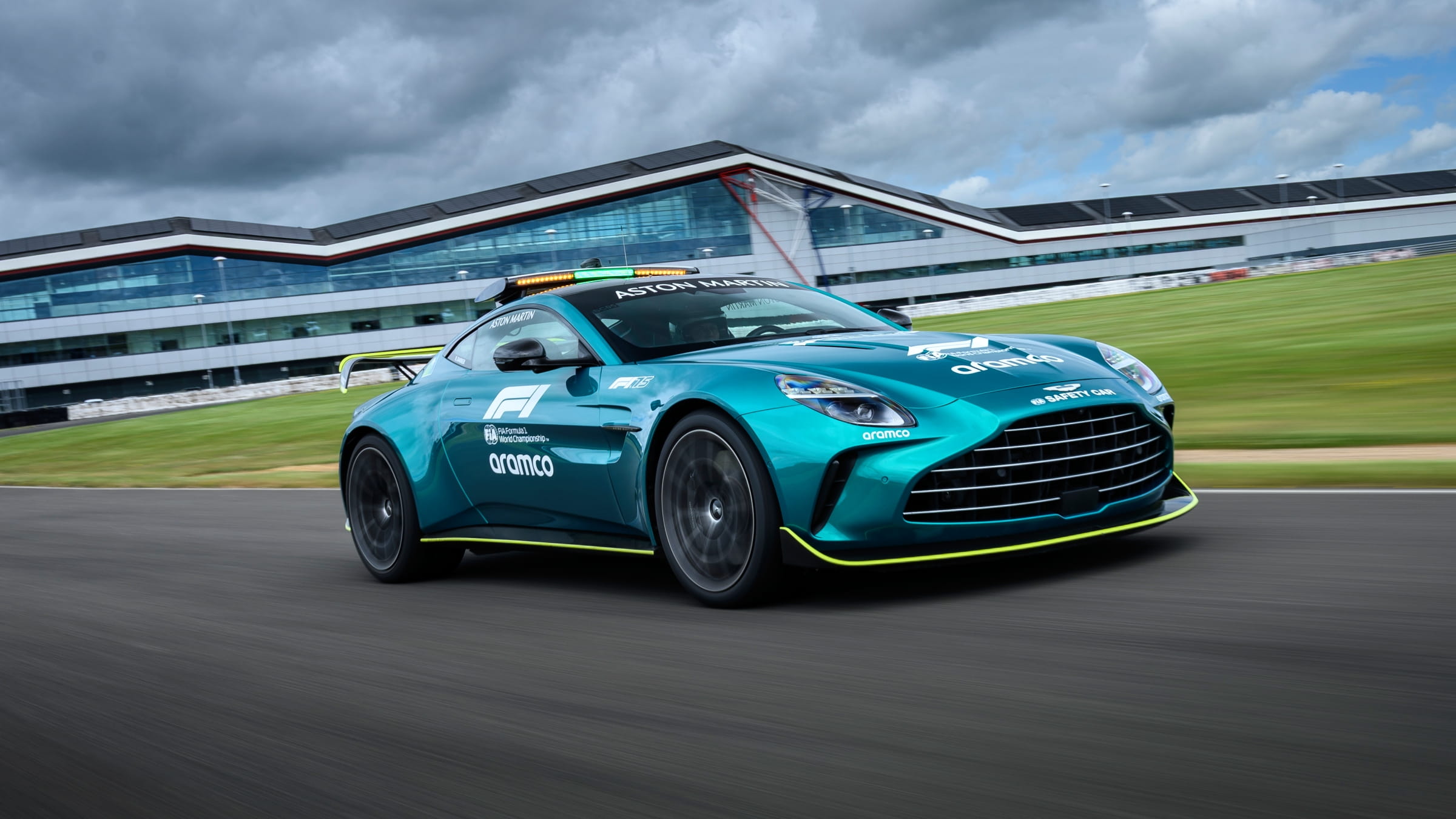
.jpg?cx=0.5&cy=0.5)
.png?cx=0.5&cy=0.5)
